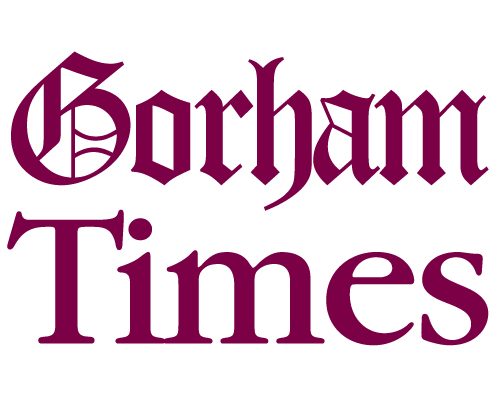As every health-conscious middle-aged person knows, our bodies can no longer tolerate the kinds of exercises we did so easily when we were younger. Our exercise routines must be changed as we grow older and how we change them makes all the difference. Adding some cross training will allow us to stay fit while being safe and injury-free. This is true whether we want to walk three miles a day or hike Mt. Washington, whether we want to run a marathon or simply want to continue to do our chosen kind of work.
When I was 25, I didn’t believe my older patients when they said, “things change,” in regards to their body’s response to exercise. Well, now I’m in my 50s and I know they were right. Responses to exercise don’t necessarily change for the worse, but they sure are different. I preach on a daily basis to patients the importance of adapting their routines, whether for recreation or work or to accomplish daily tasks around the home. My days of heavy weight lifting and intense basketball in my 20s and 30s are gone. More running and less basketball occurred in my 30s and 40s. I finally had to give up competitive basketball at 50 after a minor injury that could have led to something more serious. I still run, but not as much, and have progressed to more body-weight strengthening and flexibility training.
Many of our patients, particularly those between 40 to 80, do not come to PT because of a traumatic injury. They mostly need assistance with a nagging issue that will not go away, that is affecting what they want to do on a daily basis. As we age, we cannot simply assume we can do the same activity we did ten years ago at the same level. One’s body is good at compensating for deficits in the musculoskeletal system, but it cannot compensate forever, and that is when most of us experience discomfort and pain.
There comes a time to change what you are doing in terms of exercise and even adjust some habits that affect the body. For most, that might mean learning a series of new exercises along with education on what is occurring in order to alter some habits that may be feeding into the problem. Creatures of habit, many of us have done the same type of exercise for decades or done the same routine at the gym for years. It may be time to change it up and try other forms of exercise like yoga or Pilates or a spin class.
During the COVID-19 pandemic, many folks working at home have developed nagging neck and shoulder issues as they try to acclimate to the new routines. For them, basic posture and ergonomic exercises might be in order. The same applies for the half-marathoner or downhill skier in their 40s who may need to adjust their training to accommodate the changes in their bodies. For others with more chronic conditions such as arthritic changes in their neck or back, adapting to different workouts and practicing those exercises and workouts can help the body change and improve overall function.
Priorities for folks 60 to 80 may be a little different. They may still want to stay active and keep moving, but many are also concerned about falls and possible injuries. Working on balance and movement, which is different from their everyday movement patterns, is important. It has to be done safely, however, to avoid a significant injury. A series of weekly exercises can be helpful to make outside walking, climbing stairs, or even getting out of the chair more comfortable and safer.
The key to aging safely and actively is to recognize an issue before it becomes a major problem. As a general rule, if a nagging problem is not better in about one month, it is time to seek advice on how to solve the problem. The longer you wait, the longer it will take to resolve the injury and get back to doing what you like to do. Adapting our bodies to our lifestyle as we age is a key to continued good health.
Mike Smith is a physical therapist and athletic trainer and owner of Village Physical Therapy on Main Street here in Gorham.


